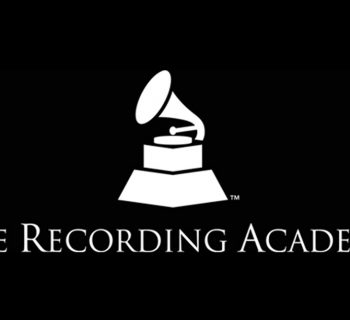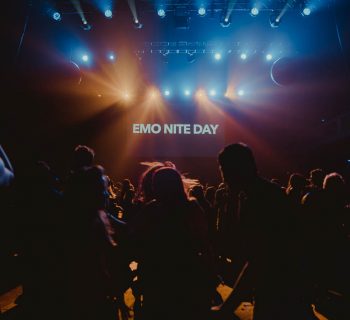The Association of Independent Music Publishers (AIMP) and Massarsky Consulting Inc. presented critical insights on the current state of the independent music publishing industry at the AIMP Indie Music Publishing Summit, held at the 3 West Club in New York City on June 11.
The independent music publishing sector remains a vital part of the industry, providing for year-over-year continued growth. The mainstays of investment in catalog development and the nurturing of new songwriters resonates beyond charts into American culture and throughout the world.
Breaking down independent music publishing revenue by source, genre, and more, the presentation verified that terrestrial radio remains crucial to independent publishers, highlighting potential growth areas in Latin and rock, and underscoring the importance of supporting performance rights organizations (PROs) as the U.S. Department of Justice (DOJ) prepares to review ASCAP and BMI’s consent decrees. Presenters Alisa Coleman, President of the AIMP New York Chapter, and Barry Massarsky, President of Massarsky Consulting Inc., encouraged independent publishers to submit their comments at the DOJ website by the July 10 deadline.
Key findings from the presentation included:
- Verification that performance royalties remain an independent music publisher’s chief source of income, accounting (in actual revenue from a segment of the independent sector) for 50% of revenue in 2018 vs. the ever-increasing streaming and shrinking digital download and physical mechanical revenue, which was 32% combined. Synchronization revenue also grew to 19% of revenue, up from 16% in 2017.
- Terrestrial radio remains the largest source of performance revenue for independent music publishers, accounting for 38% of performance royalties vs. 34% from streaming audio. Of the four most important genres for independent music publishers (country, pop, pop standards, R&B/hip-hop), both country and pop brought in about three-quarters of their total performance income from terrestrial radio in 2018.
- Independent music publishers can look to the Latin and rock genres as potential growth areas, with Latin bringing in 93% of its performance revenue from terrestrial radio in 2018 and rock split nearly equally between terrestrial radio (41%) and streaming audio (40%).
- Songs over two years old accounted for over half (52.9%) of all terrestrial radio spins in 2018, up 3.6% from 2016. Spins for current songs (under two years old or still on the charts) fell 4.1% over the same time period.
- Of the six radio formats most important to independent music publishers (adult contemporary, adult hits, CHR/Top 40, classic hits, country, R&B/hip-hop), three rely heavily on songs over two years old. These tracks account for 78.9% of spins at adult contemporary stations, 99.5% at adult hits stations, and 100% at classic hits stations.
- Music stations accounted for 78% of all terrestrial radio ad revenue in 2017. Priority music formats for independent music publishers (country, classic hits/oldies, adult contemporary, CHR/Top 40) accounted for 64% of that income.
- Music licensing is a minor cost for terrestrial radio stations, accounting for only 4.6% of station operating expenses in 2017 despite making up 67% of a typical broadcast hour.
“Independent publishers and their songwriters are the foundation of the music industry,” said Coleman. “Our business has important distinctions from major conglomerates and is primed for expansion – we do not have the same limitations to prevent us from increasing market share. As individual companies, we can be innovative and resourceful in deal structures and revenue generation. As a collective, we are a powerful voice, and should continue to advocate for our songwriters and artists with that strength, particularly now in the debate over the future of performance royalties.”
“Radio spin data confirms the appropriateness of independent music publishing’s rapid investment into the Standards catalogs. Radio data trends also spotlight the growing inequity between radio and music licensing payment levels. Our data shows that terrestrial radio remains a major source of revenue for independent music publishers. And while music is also key to terrestrial radio, the amount stations pay out in licensing fees is a blip in their overall operating expenses,” said Massarsky. “As such, independent publishers should not hesitate to join the call for a performance right for master recordings, updated consent decrees, and other reforms that will help make performance royalties equitable for the entire industry.”
Prepared by Massarsky Consulting Inc., data on music publisher revenue was sourced from a representative group of music publishers. Terrestrial radio spins were calculated based on the Top 1,000 songs in each format according to Nielsen BDS, while terrestrial radio ad revenue was based on the BIA/Kelsey database of over 11,000 commercial AM/FM stations. Revenue was also allocated to non-reporting stations based on a methodology corroborated by BIA/Kelsey. The distribution of one broadcast hour on terrestrial radio was derived from Nielsen BDS data, while station operating expenses were estimated using the EBITDA margin of the broadcasting industry. Station music licensing expenses were then calculated using 2017 licensing rates for ASCAP, BMI, and SESAC.
For more information on the AIMP Indie Music Publishing Summit, visit aimpsummit.com.













